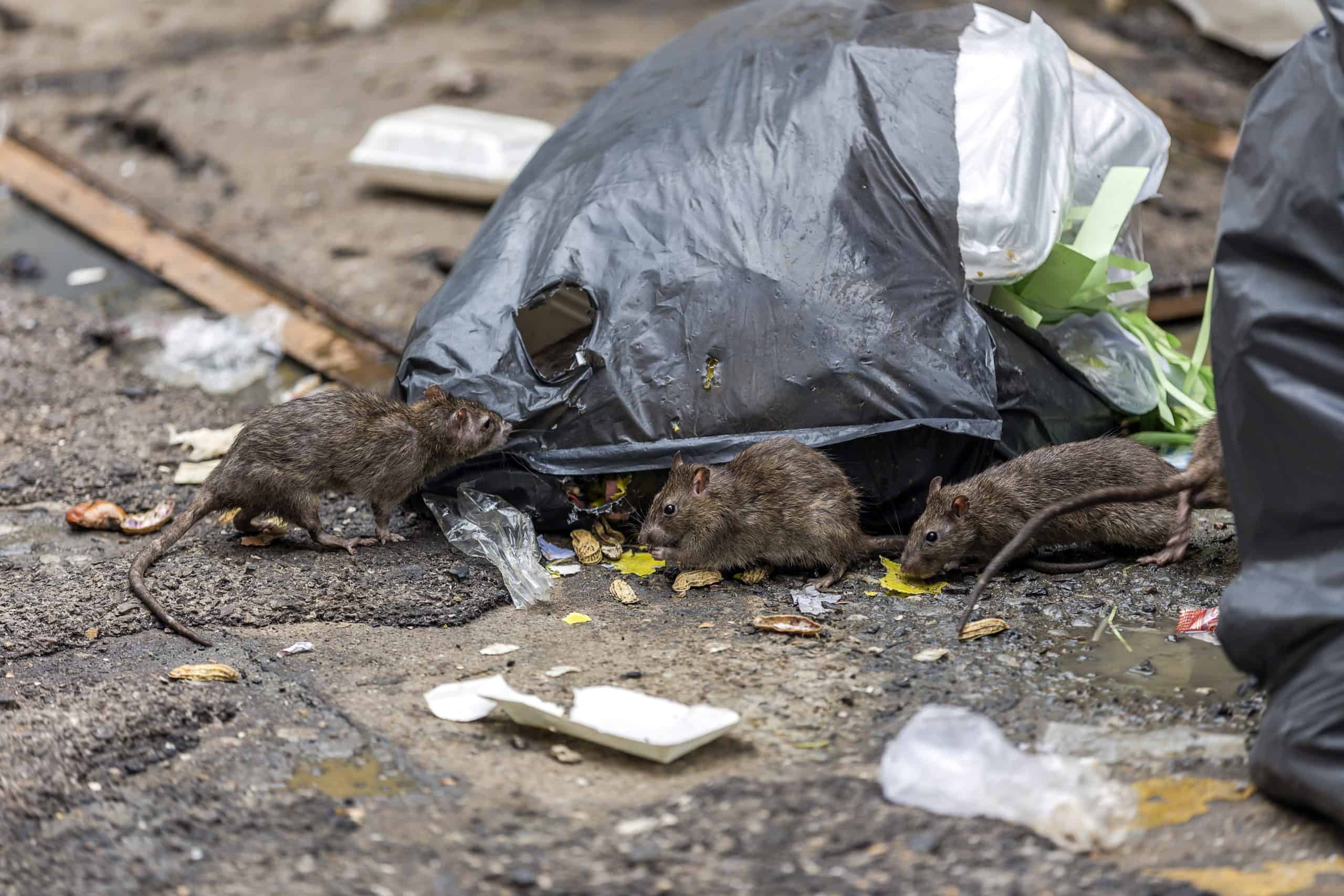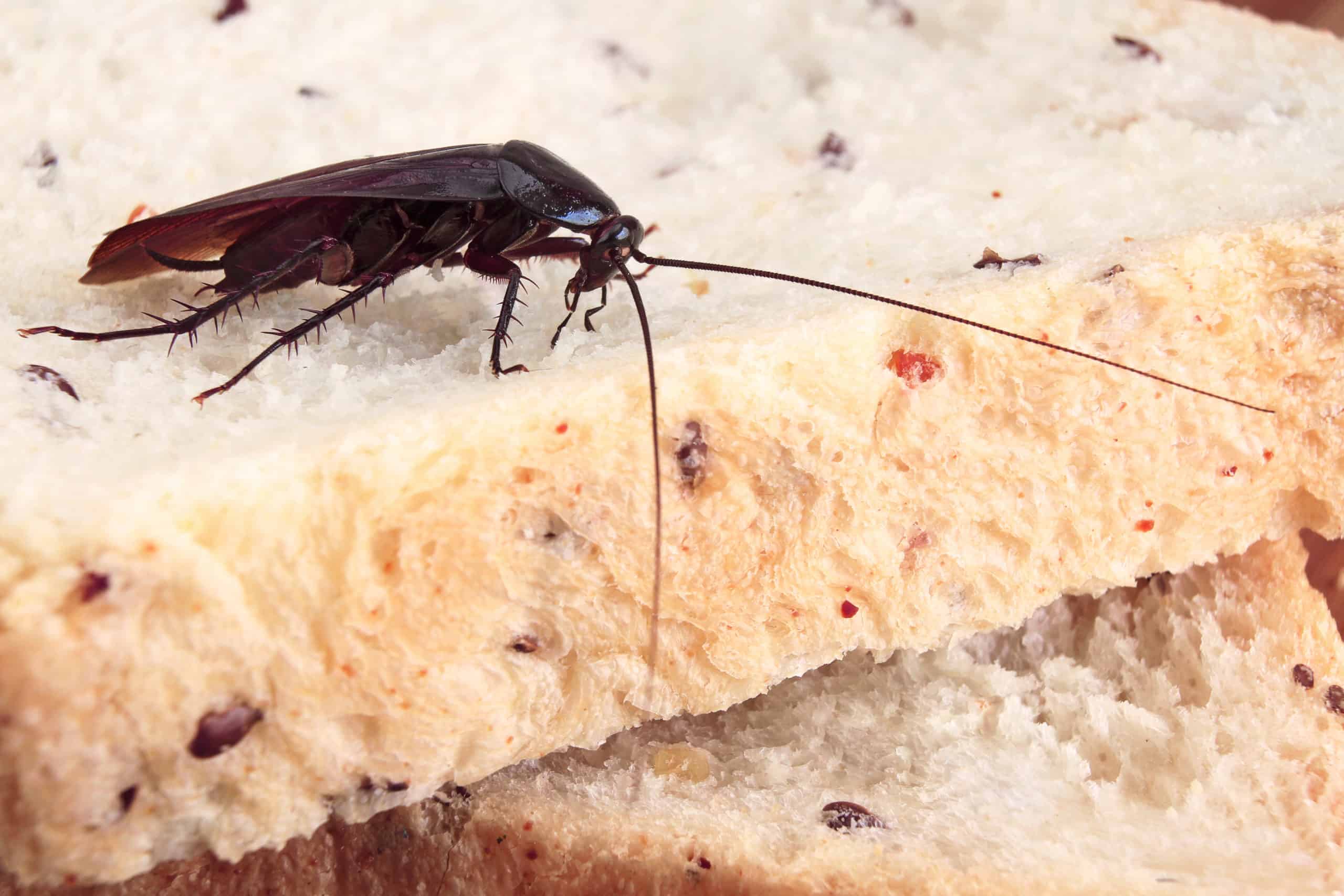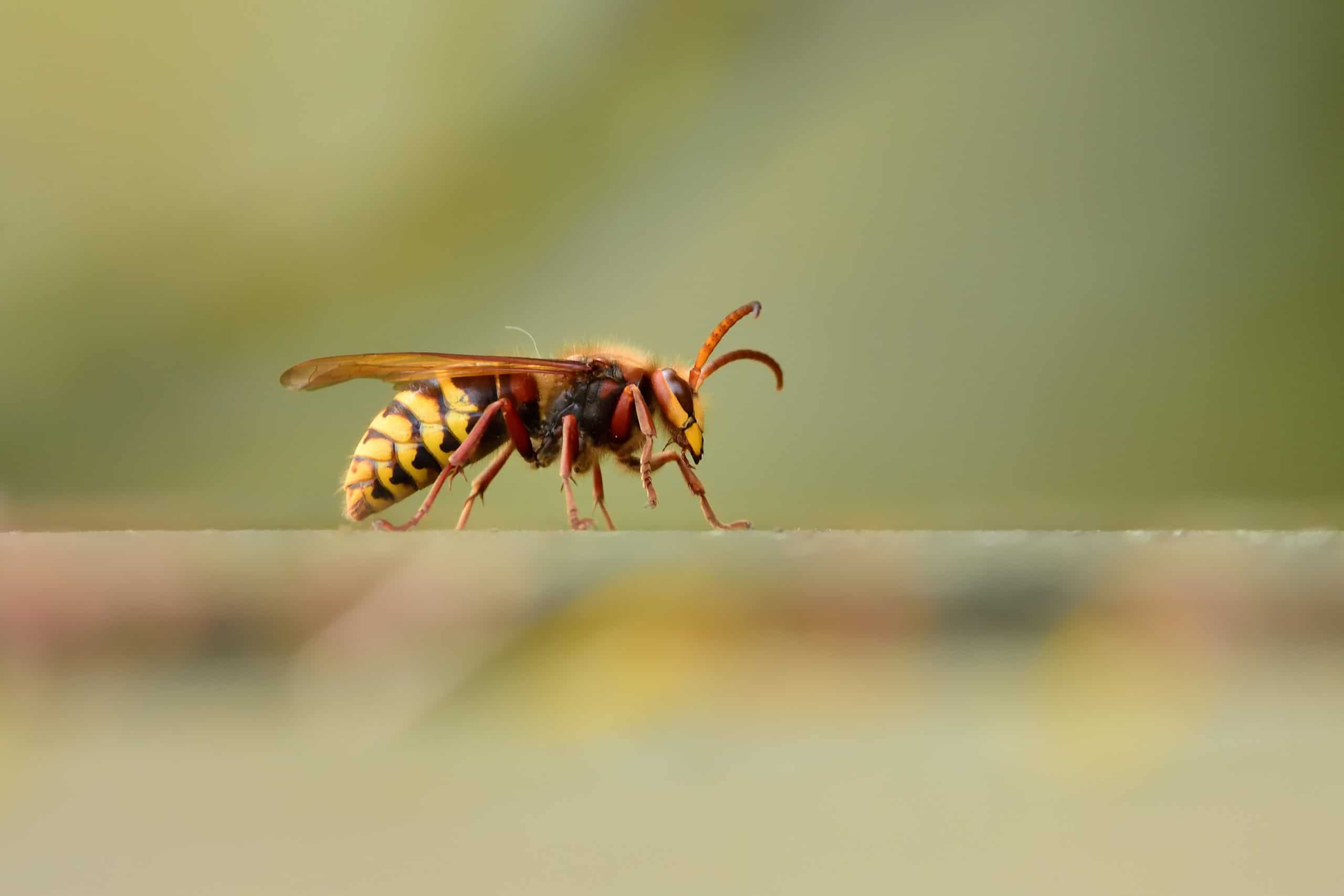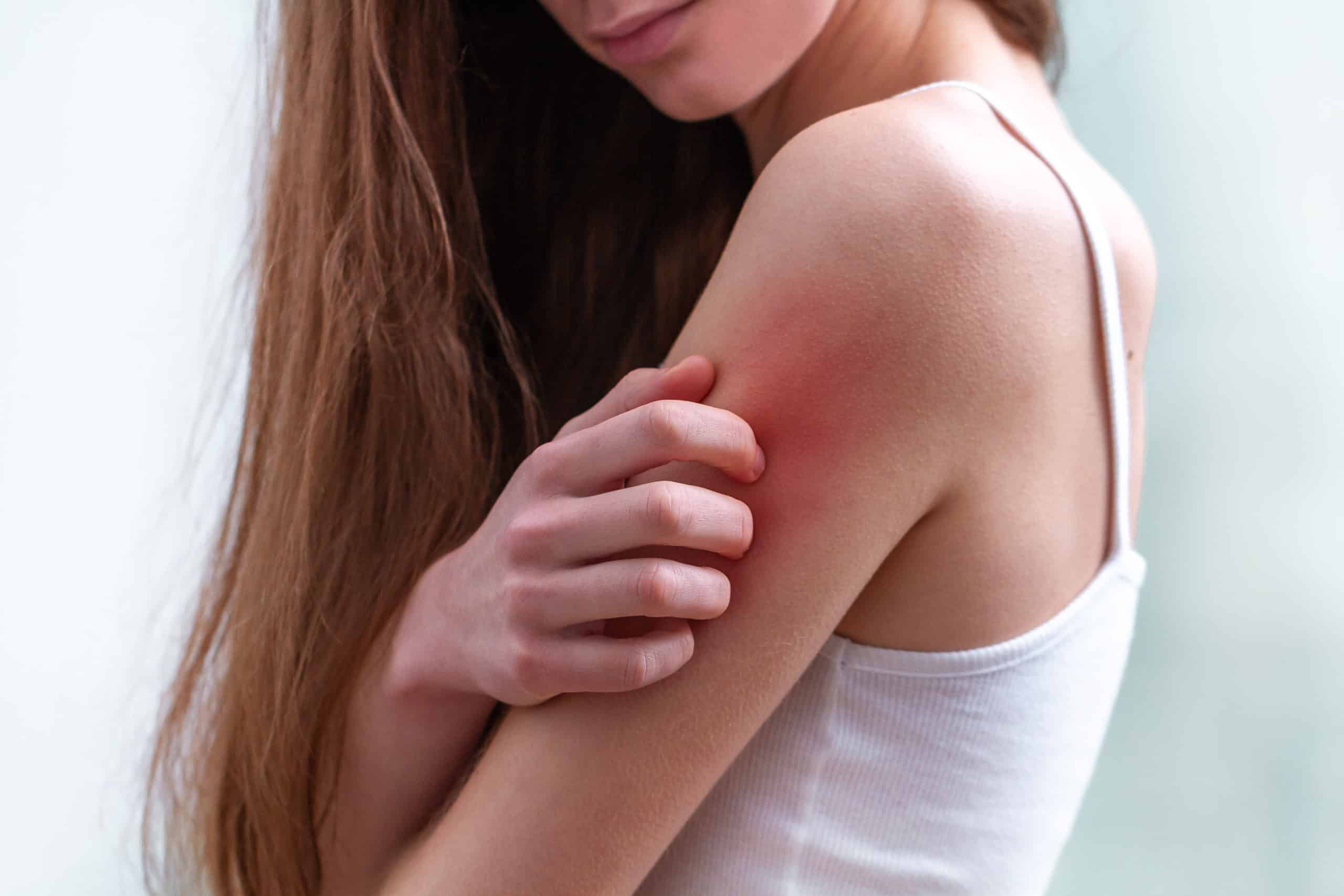How Pests Can Put Your Health at Risk
How Pests Can Put Your Health at Risk
A Global Health Concern
Pests can be annoying, destructive to homes and property, and… they can pose massive health risks. Across the globe, pests are known for spreading a variety of diseases and putting people in danger with toxic bites and stings. In this blog, we break down four of the ways that pests put your health at risk and which pests are the most common culprits behind each health concern.
Vector-Borne Diseases
Possibly the largest concern regarding the health risk of pests are vector-borne diseases. These are diseases that result from transmission of infectious pathogens from living organisms such as pests. According to the World Health Organization (WHO), vector-borne diseases are responsible for roughly 17% of all infectious diseases and over a million deaths worldwide each year. There are a variety of pests can pass extremely detrimental and even deadly diseases including: rats, mice, ticks, and mosquitos.
Rodents – Rats and mice are known for spreading over 35 different diseases worldwide including Hantavirus Pulmonary Syndrome, Lymphocytic Choriomeningitis, Rabies, Hemorrhagic Fever with Renal Syndrome, Lassa Fever, Black Plague, and more. As rats and mice scurry through homes, they defecate, urinate and leave behind salvia, contaminating everything they touch. Coming into contact with these rodent excrements, or even direct contact with the rodents themselves, can lead to contracting a rodent-borne disease.
Ticks – Ticks are increasingly becoming a larger risk as a vector of disease. The Centers for Disease Control and Prevention (CDC) has reported that annual cases of tickborne diseases doubled between 2004 and 2018 and, in just a single year, new cases of just Lyme disease alone are reportedly between 30,000 – 300,000. In addition to Lyme disease, these arachnids can also pass Rocky Mountain Fever, Heartland virus, Colorado tick fever, Bourbon virus, Powassan disease, Tularemia, Rickettsiosis, Ehrlichiosis, Babesiosis, Anaplasmosis, and more.
Mosquitos – Named the “World’s Deadliest Animal” by the CDC, mosquitos are infamous for spreading a variety of detrimental and even fatal diseases. In fact, each year, mosquito-transmitted diseases account for several million deaths worldwide. Most infamously, mosquitos spread Malaria, West Nile Virus, Zika Virus, Chikungunya Virus, Dengue, and Yellow Fever.

Contamination and Asthma
In 2008, the World Health Organization confirmed that there was no “definitive evidence that cockroaches are vectors for human disease.” Furthermore, the CDC confirms that roaches do not bite, meaning they cannot pass pathogens from person to person through this manner similar to ticks or mosquitos. However, while they may not be a true vector of diseases, this does not mean that they, and other similar pests, aren’t a major health risk for people.
Pests such as roaches and flies are mechanical vectors of disease, meaning that they can transmit pathogens simply by carrying them on the exteriors of their bodies and don’t actually carry the diseases within them. Both of these insects are extremely filthy and can carry bacteria, virus’, fungi, and molds on their bodies, contaminating everything they touch.
Flies – These creatures mate, feed, and lay their larvae in both fecal excrements and decaying organic matter (such as a corpse). In 2017, a study was published called “The Microbiomes of Blowflies and Houseflies as Bacterial Transmission Reservoirs,” which proved that house flies could carry and distribute a variety of different human pathogens by simply flying from one contaminated source (such as a pile of dung) on to a surface or even your food. According to the World Health Organization (WHO) the types of infections passed by flies typically fall into three categories: enteric (relating to the intestines), ocular (relating to the eyes), or dermic (relating to the skin).
Roaches – Roaches leave behind a considerable amount of debris as they slink through your home. They leave droppings, saliva, shed skin shells, severed body parts, and more, all of which can leave behind pathogens, or even become airborne debris. Once airborne, these allergens are known for causing severe breathing complications for people with asthma or other breathing difficulties.

Venomous Attacks
Both arachnids and stinging pests are equipped with a special defense/attack mechanism: venom. Depending on the particular species that attacks, the effects and danger of the venom can vary.
Black Widow Spiders – Black widows have very strong fangs and are easily able to stab through human skin to inject venom into their victims. This venom contains a powerful neurotoxin that will begin radiating pain in the location of the wound before spreading to the chest, other limbs, abdomen or even the entire body. Depending on the amount of venom released, and the health of the individual bitten, these bites can cause extreme health complications and even death.
Brown Recluse Spiders – The bite of the brown recluse is very painful although, unlike the bite of the black widow, the pain is localized and accompanied by a stinging sensation. These bites originally develop into a blister before eventually splitting into a lesion and, in severe cases, can cause skin necrosis – destruction of the skin tissue.
Yellow Jackets, Wasps, & Hornets – While there are a variety of sub-species of each of these kinds of stinging pests, they all have something in common: they can all sting and bite their victims’ multiples times. The dangers and effects of their venom can vary drastically from one species to the next, but their attacks typically happen as a swarm, increasing the health risks of such an encounter by their sheer numbers.
Bees – Luckily, bees can only sting once, although these stings can be very painful and, in the case of a swarm attacking you, has the potential to lead to some other health risks.

Severe Allergies
Unfortunately, an allergy can turn a typically benign encounter with a pest into a fight for life. Particularly this can happen with bees and other stinging insects, but it has also been known to occur with spiders as well. In addition, some recent studies have found evidence that repeated exposure to bites from bed bugs can lead to dangerous systemic allergic reactions. Regardless of the pest and specific allergy, in all of these cases, immediate intervention by medical professionals is both highly advised and often required to avoid life-threatening situations.

Staying Safe
At Green Pest Services, your health and safety are our top priorities. We have years of experience, training, and in-depth knowledge about pests and how to treat them safely so that you and your family are protected from any potential health risks they may pose. If you are concerned about pests, give us a call today!
Citations
Bed Bugs FAQs (2020) Centers for Disease Control and Prevention. The Global Health Division of Parasitic Diseases and Malaria. Available at: https://www.cdc.gov/parasites/bedbugs/faqs.html (Accessed: September 2020).
Brouhard, R. (2020) Systemic Reaction Through the Body, Verywell Health. Edited by M. Menna. Available at: https://www.verywellhealth.com/systemic-reaction-1298693 (Accessed: November 2020).
Diseases Transmitted by Ticks – In the U.S. (2020) Centers for Disease Control and Prevention. The U.S. Department of Health and Human Services. The National Center for Emerging and Zoonotic Infectious Diseases – Division of Vector-Borne Diseases. Available at: https://www.cdc.gov/ticks/diseases/index.html (Accessed: September 2020).
Guide to Different Tick Species and the Diseases They Carry (2019) Mayo Clinic. Mayo
Foundation for Medical Education and Research. Available at: https://www.mayoclinic.org/tick-species/sls-20127911 (Accessed: April 2020).
Health Hazards Posed by Rodents (2014) Pest World. National Pest Management Association. Available at: https://www.pestworld.org/news-hub/pest-health-hub/health-hazards-posed-by-rodents/ (Accessed: June 2020).
House Fly: Musca domestica Linnaeus (2017) Entomology and Nematology of University of Florida. The Florida Department of Agriculture and Consumer Services. Available at: http://entnemdept.ufl.edu/creatures/urban/flies/house_fly.HTM (Accessed: July 2020).
Junqueira, A.C.M., Ratan, A., Acerbi, E. et al. The microbiomes of blowflies and houseflies as bacterial transmission reservoirs. Sci Rep 7, 16324 (2017). https://doi.org/10.1038/s41598-017-16353-x
Keiding J. The Housefly – Houseflies: Carriers of Diarrheal Diseases and Skin and Eye Infections. Training and Information Guide (advanced level). Geneva, World Health Organization, 1986 (unpublished document WHO/VBC/86.937; available on request from
Mehta, F. (2018) What Happens After a Black Widow Spider Bite?Medical News Today.
Medically Reviewed by G. Whitoworth. Available at: https://www.medicalnewstoday.com/articles/313647(Accessed: April 2020).
Mosquitos (2019) National Geographic. National Geographic Partners. Available at:
https://www.nationalgeographic.com/animals/invertebrates/group/mosquitos/ (Accessed: April 2020).
Mosquito Bites (2020) Mayo Clinic. Mayo Foundation for Medical Education and Research. Available at: https://www.mayoclinic.org/diseases-conditions/mosquito-bites/symptoms-causes/syc-20375310 (Accessed: January 19, 2021).
Mosquito-Borne Diseases (2016) Centers for Disease Control and Prevention. National Institute
for Occupational Safety and Health. Available at: https://www.cdc.gov/niosh/topics/outdoor/mosquito-borne/default.html (Accessed: April 2020).
Rodents (2010) Centers for Disease Control and Prevention. The National Center for Emerging and Zoonotic Infectious Diseases and the Division of High-COnsequence Pathogens and Pathology. Available at: https://www.cdc.gov/rodents/index.html (Accessed: January 27, 2021).
Study: Bites Can Induce Potentially Deadly Systemic Reactions (2017) Pest Control Technology. Available at: https://www.pctonline.com/article/study-bites-can-induce-potentially-deadly-systemic-reactions/ (Accessed: November 2020).
Vector-borne diseases (2020) World Health Organization. Available at: https://www.who.int/news-room/fact-sheets/detail/vector-borne-diseases (Accessed: April 30, 2021).
Venomous Spiders (2018) Centers for Disease Control and Prevention. The National Institute for
Occupational Safety and Health. Available at: https://www.cdc.gov/niosh/topics/spiders/default.html (Accessed: April 2020).

